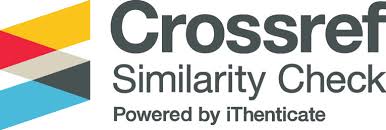Pengaruh Kepuasan Kompensasi, Sistem Pengendalian Internal Dan Tekanan Finansial Terhadap Kecenderungan Kecurangan Akuntansi
(Studi Kasus Pada Bank Perkreditan Rakyat Di Kabupaten Tabanan)
Abstract
In Indonesia, there are institutions that function to assist and support economic activities which are commonly called Financial Institutions. One example of financial institutions in Indonesia is banking. The population in this study were employees of the Rural Bank in Tabanan Regency with the sample used as many as 72 respondents. The data analysis technique used in this research is multiple linear regression, coefficient of determination, F test and t test.
Based on the results of the study, it can be seen that: (1) compensation satisfaction has a positive and significant effect on the tendency of accounting fraud, where the regression coefficient is 0.322 and sig is 0.020. (2) the internal control system has a significant positive effect on the tendency of accounting fraud, where the regression coefficient is 0.276 and sig 0.019. (3) financial pressure has a significant positive effect on the tendency of accounting fraud, where the regression coefficients are 0.556 and sig 0.000. The magnitude of the influence of independent variables on the effectiveness of accounting information systems is 72%.
Keywords: Compensation Satisfaction, Internal Control System, Financial Pressure, and Accounting Fraud Tendency







